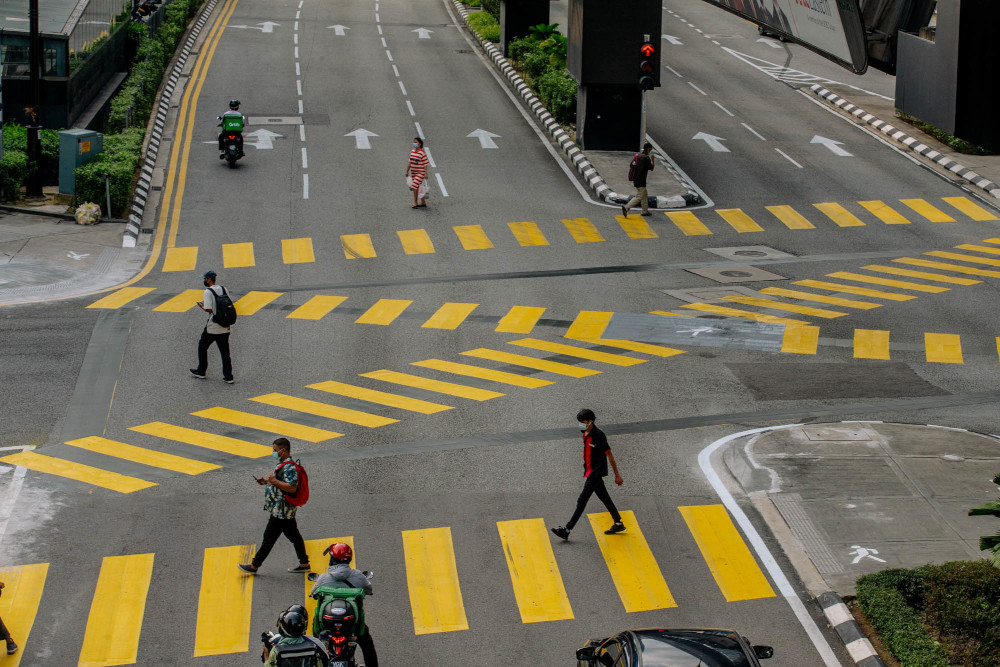KUALA LUMPUR, April 28 — The persons with disabilities (PWD) community in Malaysia has called into question Transport Minister Datuk Seri Wee Ka Siong’s call for them to use the sidewalks, pointing out how they are not wheelchair-friendly with cars parked on them.
Pastor Sia Siew Chin, president and founder of the Malaysia Independent Living Association For Disabled (Milad) said a lot of the sidewalks in Malaysia cannot be accessed by wheelchairs which is why the disabled are forced to use the main roads to move around.
She said those who use micromobility vehicles are forced to put themselves in danger by using the main roads because so many pavements and access points are poorly built in Malaysia.
“It’s not that we want to but we’re forced to and we too don’t want to be so close to the vehicles but when there are hardly many pedestrian walkways, it is impossible for us to move around otherwise.
“So if the minister wants to ban us he is taking away our livelihood. These motorised wheelchairs are used by us to move around, it is not a vehicle and shouldn’t be considered one.
“It is an extension of our legs because we cannot move. We’ve lost the ability too. Without [wheelchairs] we cannot go anywhere and can only stay at home then,” she told Malay Mail.
On April 26, Wee said micromobility vehicles such as mopeds, personal mobility devices and personal mobility aids are not allowed to be used on public roads.
Wee said the ban on the three categories of micromobility vehicles was implemented in accordance with the Road Traffic (Prohibition of Use of Certain Microbility Vehicles) Rules 2021 which came into force on December 17, 2021.
He then yesterday said PWDs and individuals with health problems who use personal mobility aids may use pedestrian crossings on public roads.
Wee said a RM300 compound would be imposed against those who failed to comply with the rules which would be enforced by the police and the Road Transport Department.
He said the use of the three categories of micromobility vehicles was, however, allowed in areas where there was no mixture of traffic flows involving various vehicles.
Meanwhile, Wee said the use of bicycles, trishaws and electric bicycles was allowed, subject to compliance with the regulations set under the Road Transport Act 1987 and Road Traffic Rules 1959.
Questioning this, Sia asked why bicycles which can go up to speeds of 60km per hour were allowed while a wheelchair which is much slower wasn’t allowed to use the roads?
“If the Ministry of Transport approves electric bicycles that meet the MS 2514-Malaysian standard, i.e. bicycles that meet the conditions such as speed below 25 km per hour, why can’t they approve electric wheelchairs? Because the speed of electric wheelchairs is much lower than 25 kilometers per hour.
“No wheelchair user wants to be exposed to road dangers. Often, there is simply no choice,” she said.



















